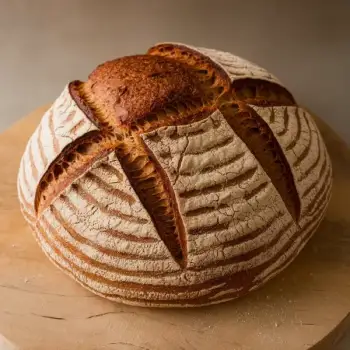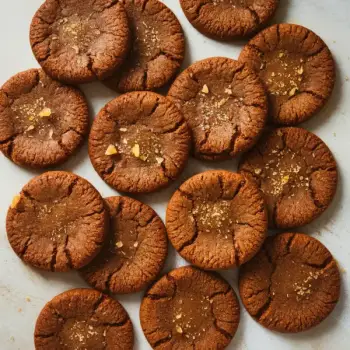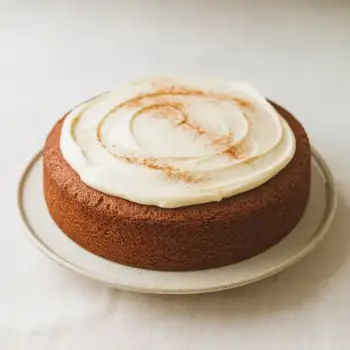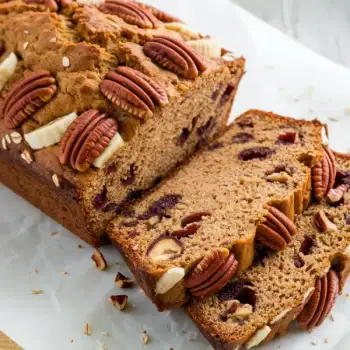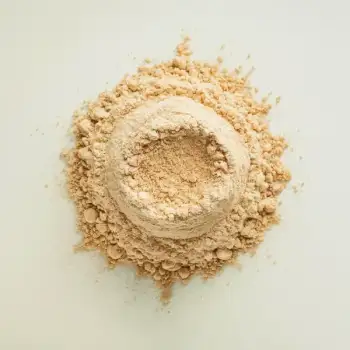


Organic
Whole wheat flour that is certified organic, ensuring it is produced without synthetic pesticides or fertilizers.
Sprouted
Made from wheat kernels that have been allowed to sprout before milling, believed to be easier to digest and more nutritious.
Whole Grain
Whole wheat flour in its most common form, milled from the entire wheat kernel, including the bran, germ, and endosperm.
Stone-Ground
Flour milled using traditional stone grinding methods, which can preserve more of the wheat's nutrients and flavor.
White Whole Wheat
Made from a variety of wheat that is lighter in color and flavor but still contains the whole grain, suitable for those preferring a milder taste.




Organic: Arrowhead Mills, Great River Organic Milling
Sprouted: King Arthur Flour, To Your Health Sprouted Flour Co.
Whole Grain: King Arthur Flour, Bob's Red Mill
Stone-Ground: Bob's Red Mill
White Whole Wheat: King Arthur Flour

Baking: Whole wheat flour baked goods often require a slightly lower oven temperature and longer baking time compared to those made with white flour, to ensure even cooking without drying out.
Kneading: Develops the gluten in dough made with whole wheat flour, which is essential for the structure of bread. However, over-kneading can result in a tough product, so be mindful of the dough's texture and elasticity.
Proofing: Allowing the dough to rise properly is crucial, especially with whole wheat flour, as it tends to rise slower than white flour dough. A warm, moist environment will aid in the rise.




